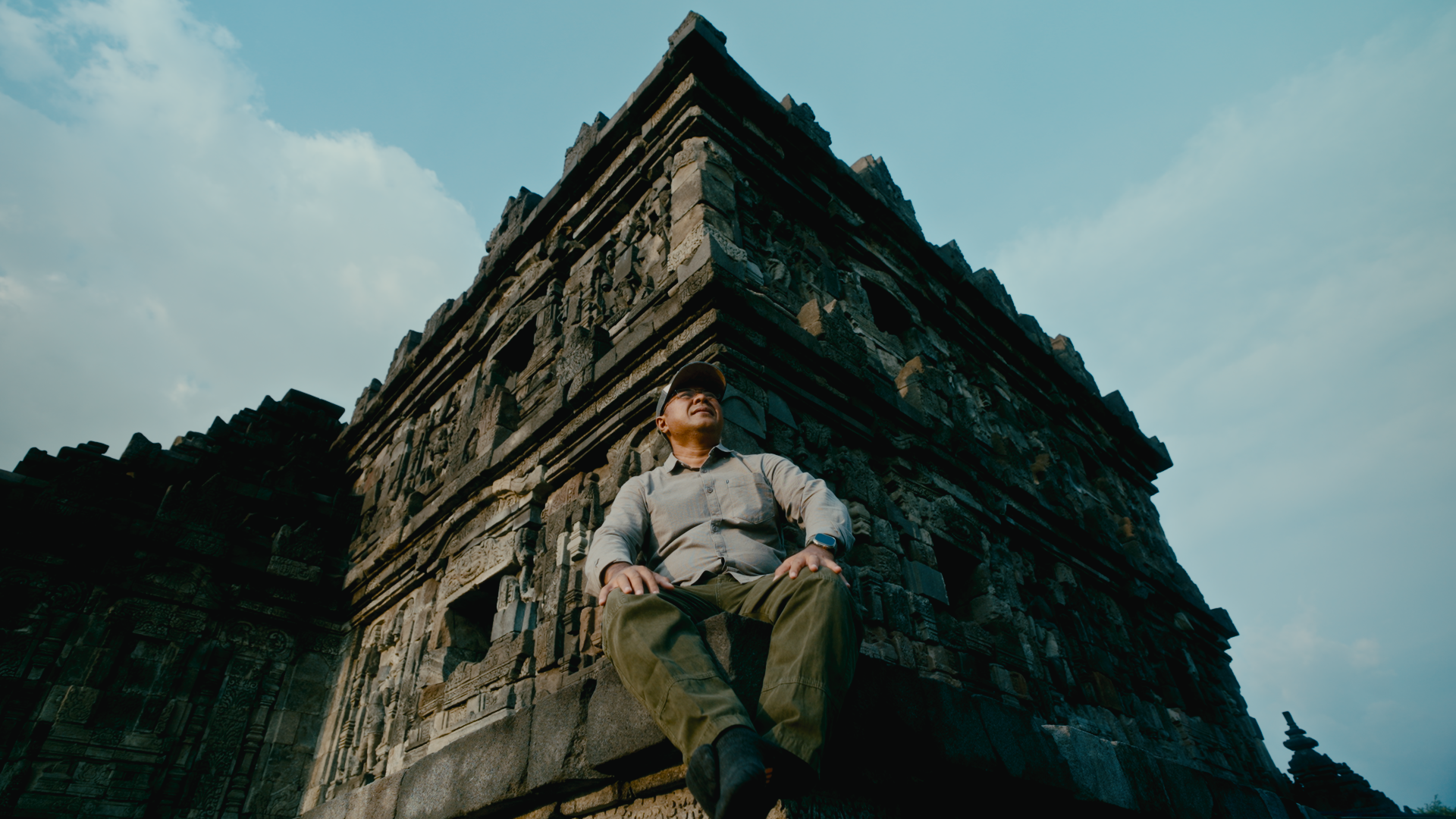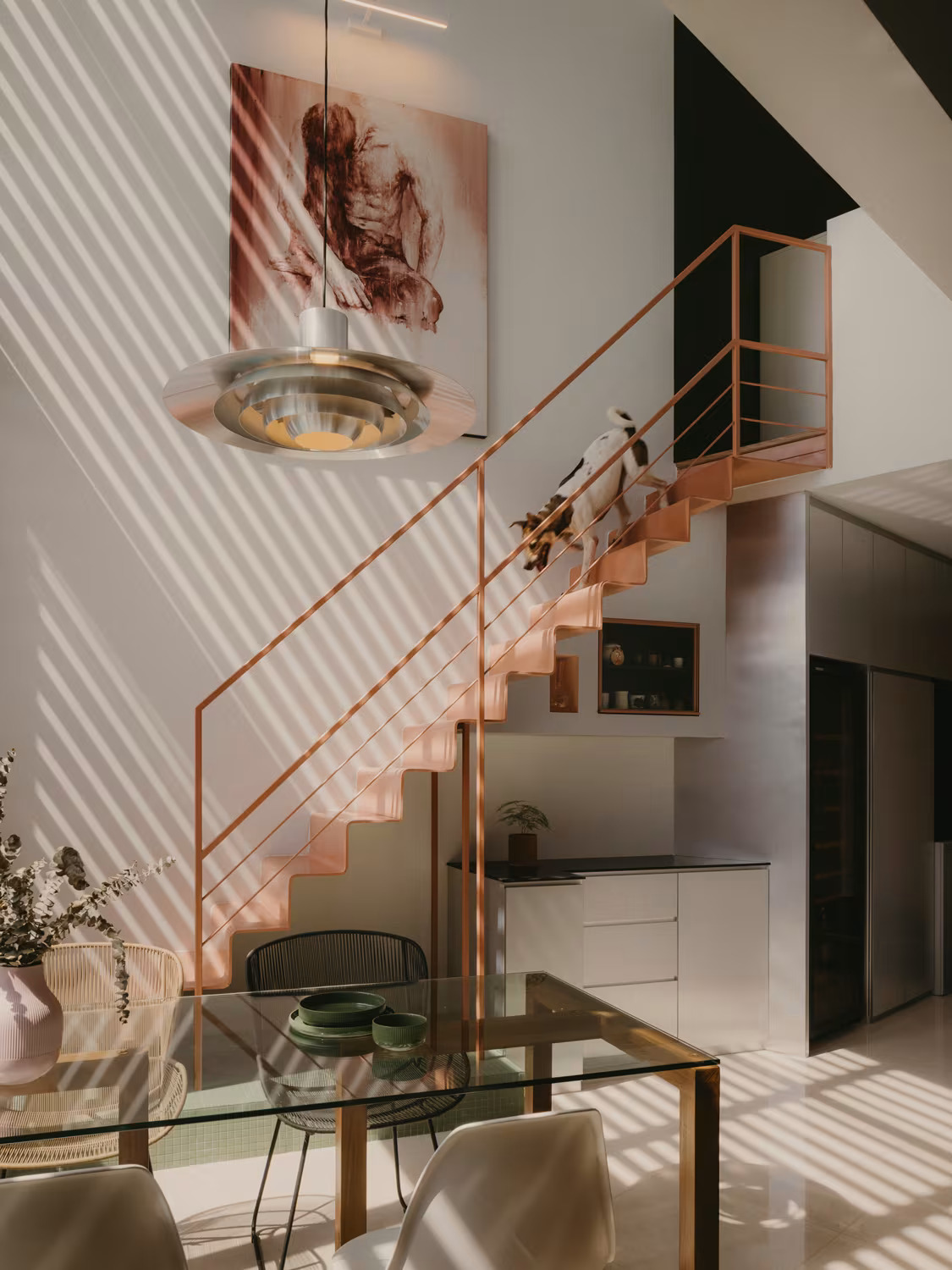
Features
Finding the Way Home: Gratitude, humour, and the subversion of beauty in Adi Gunawan’s art
Indonesian artist Adi Gunawan’s upcoming solo exhibition at Ode to Art is a tribute to his Balinese heritage, his mother, and an unapologetic defiance of media-driven beauty ideals
By Tatler Singapore, Ode To Art

Short, plump, curly-haired—these are the hallmarks of beauty in Indonesian artist Adi Gunawan’s world. His whimsical bronze sculptures, with their delightfully rotund figures, joyfully subvert traditional standards of female beauty.“It’s a resistance against the media-shaped perception of beauty, especially the narrow definition that a beautiful woman must be slim-figured, straight-haired, and fair-skinned,” Adi explains. In his universe, these exuberant figures frolic with animals, strike playful yoga poses, and exude a sense of carefree joy.

This March, Adi brings his unique vision to Singapore with Finding the Way Home, a solo exhibition at Ode to Art Gallery. Featuring 20 bronze sculptures, the exhibition draws from Adi’s childhood memories, Balinese heritage, and creative journey.“The theme and title, Finding the Way Home, were personally chosen by Adi Gunawan,” says Kartika Usman, art consultant at Ode to Art. “It taps into a sense of nostalgia and a yearning for simplicity that urban dwellers in Singapore can relate to. His works resonate so strongly with collectors that the idea for this exhibition has been in the works for quite some time. But his artworks tend to sell quickly, leaving little opportunity for a full exhibition.”

The exhibition’s title is also an expression of gratitude to his mother, Ni Made Asih, who imbued her children with a sense of culture and creativity through daily rituals. “She essentially taught us art,” Adi recalls. “How to make shapes from bamboo leaves, how to choose colours and compositions of flowers.”
Although he was born Putu Adi Gunawan in Parigi, Central Sulawesi, his connection to Bali runs deep. Both his parents are Balinese, yet his family history is one of displacement.“My great-grandfather was originally from Buleleng, but he was exiled to Banda Neira, an island in the Moluccas, by the Dutch colonisers in the 1890s, and then to Sulawesi, so he was quite divorced from the Balinese culture,” Adi shares. “Physically, I have never lived in Bali. But my mother reintroduced us to the culture through her daily rituals."
Adi’s artistic journey took him to the Indonesian Institute of Art in Yogyakarta, where he sought to explore contemporary influences beyond Bali’s traditional styles. “Balinese art was more traditional at that time, and I wanted to learn more about modern, Western-influenced art, so I went to Yogyakarta to study,” he explains.It was there he developed his signature aesthetic, inspired by his own self-acceptance. “I asked myself, I too am short, fat, and curly, but I smiled when I saw my reflection in the mirror, so why can’t these traits bring joy, too?”

Finding the Way Home will showcase 20 bronze sculptures in several themes inspired by Adi’s childhood. Asked if he has a particular method to find inspiration, he says that he doesn’t have a ritual like going to a particular place—although he does have a favorite place in town, the Plaosan temple heritage site—to find ideas. “The ideas have always been inside my head, but I need something to trigger it.”
Adi’s artistic journey took him to the Indonesian Institute of Art in Yogyakarta, where he sought to explore contemporary influences beyond Bali’s traditional styles. “Balinese art was more traditional at that time, and I wanted to learn more about modern, Western-influenced art, so I went to Yogyakarta to study,” he explains.It was there he developed his signature aesthetic, inspired by his own self-acceptance. “I asked myself, I too am short, fat, and curly, but I smiled when I saw my reflection in the mirror, so why can’t these traits bring joy, too?”

Finding the Way Home will showcase 20 bronze sculptures in several themes inspired by Adi’s childhood. Asked if he has a particular method to find inspiration, he says that he doesn’t have a ritual like going to a particular place—although he does have a favorite place in town, the Plaosan temple heritage site—to find ideas. “The ideas have always been inside my head, but I need something to trigger it.”
The idea for his Yoga Pose sculpture series, for example, was a resurfacing childhood memory of learning yoga poses that was triggered when he took a yoga class as an adult.The sculptures that depict animals like pigs and horses were also inspired by his childhood, when his parents raised pigs and got around with a horse cart. Even the name of his studio, Pecut Api, which translates to “Fire Whip” in English, were inspired by the horse whip his father carried around. “So we don’t become lazy,” he quips.

Adi’s choice of bronze as a medium reflects the permanence of these memories. “I choose bronze as the material for my sculptures because of its durability, both indoors and outdoors,” he notes.For Adi, Finding the Way Home is more than an artistic showcase—it is a heartfelt tribute to his roots and his mother’s enduring influence. “She taught us art and reintroduced us to our Balinese culture,” he says. “Now that I have found my way in the art world, this exhibition is meant as a tribute to her.”
“Adi Gunawan’s work invites the Singapore audience to reconnect with the simple beauty of nature and reflect on the importance of slowing down, staying grounded, and appreciating the natural world,” says Usman.“Whether displayed at home or in a personal space, we envision Adi’s pieces sparking meaningful conversations and becoming cherished topics of discussion among family, friends, and guests.”



